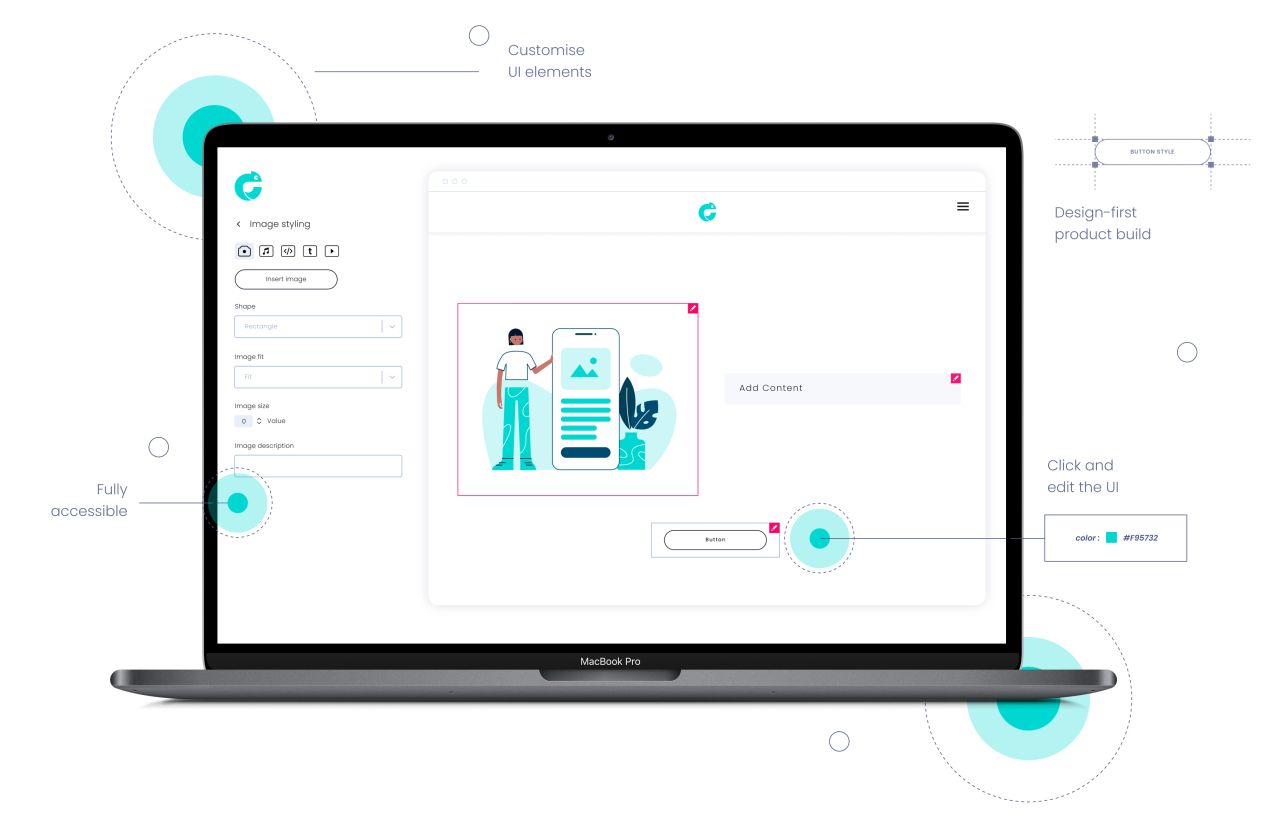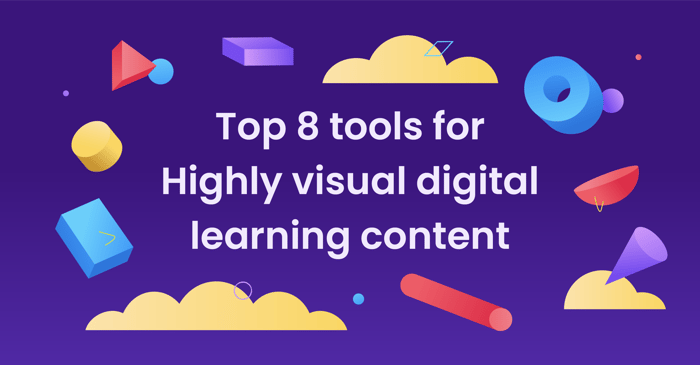Meet Business Needs Faster with Rapid Prototyping
Meet Business Needs Faster with Rapid Prototyping
Ever heard of the phrase "don't let perfect get in the way of better"? Or variations of it? It's a dilemma we face in the learning world where we are seeking perfection, all while trying to also be responsive to the organisations we are working with. Should we be focusing on creating the perfect learning experience or rather, is it better for us to just deliver something to our learners and be productive. Of course, we are still suggesting that our goal should be to improve the status quo, however, maybe the focus should be on incremental tweaks rather than huge shifts. In this article we challenge the traditional way of developing digital content and propose that we move our thinking from seeking perfection, to being productive.
How can we deliver faster and not have to compromise on the long-term business impact of what we are creating?
The traditional development process
The traditional development process gives us a level of comfort that we have become accustomed to, knowing that what we deliver is going to be near perfect. It involves multiple drafts, rounds of build, stakeholder sign-off points and is generally not built with speed in mind.
It's a tried-and-tested approach that delivers on quality, but it takes time. Time that we have in less supply these days. Throw a global pandemic into the mix, and these challenges are amplified dramatically. How can we deliver more with less?
The usual challenges around learner engagement, assessment and evaluation, learning culture etc. still exist from a strategic perspective. But what we are seeing is almost a state of constant firefighting right now, as an ever-increasing pace of demand is being put on L&D functions to provide new content.
These demands leave L&D teams in a bit of a pickle. Do we continue in the same vain, doing what we know best and stepping our people and our clients through the same process? Or do we pivot and try a different approach that will meet these business needs with the urgency that is required? I vote the latter, and I think we can do so without compromising quality (in the long term).
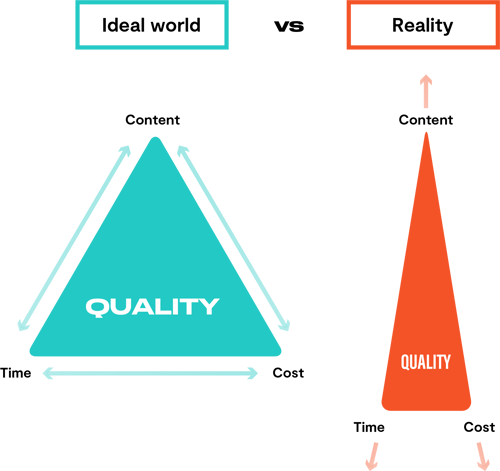
Striving for perfection is time consuming and costly. You've probably seen some version of the above diagram where time, cost and quality are factors contributing to the sort of content you will produce. Balancing these competing demands while trying to address the big challenges is tough, and central to it all is quality which is inevitably compromised! Or is it?
The answer is both yes and no! It is dependent on the authoring tool you use. With the right authoring tool there is another option and it can open us up to a different way of working - rapid prototyping.
What is rapid prototyping?
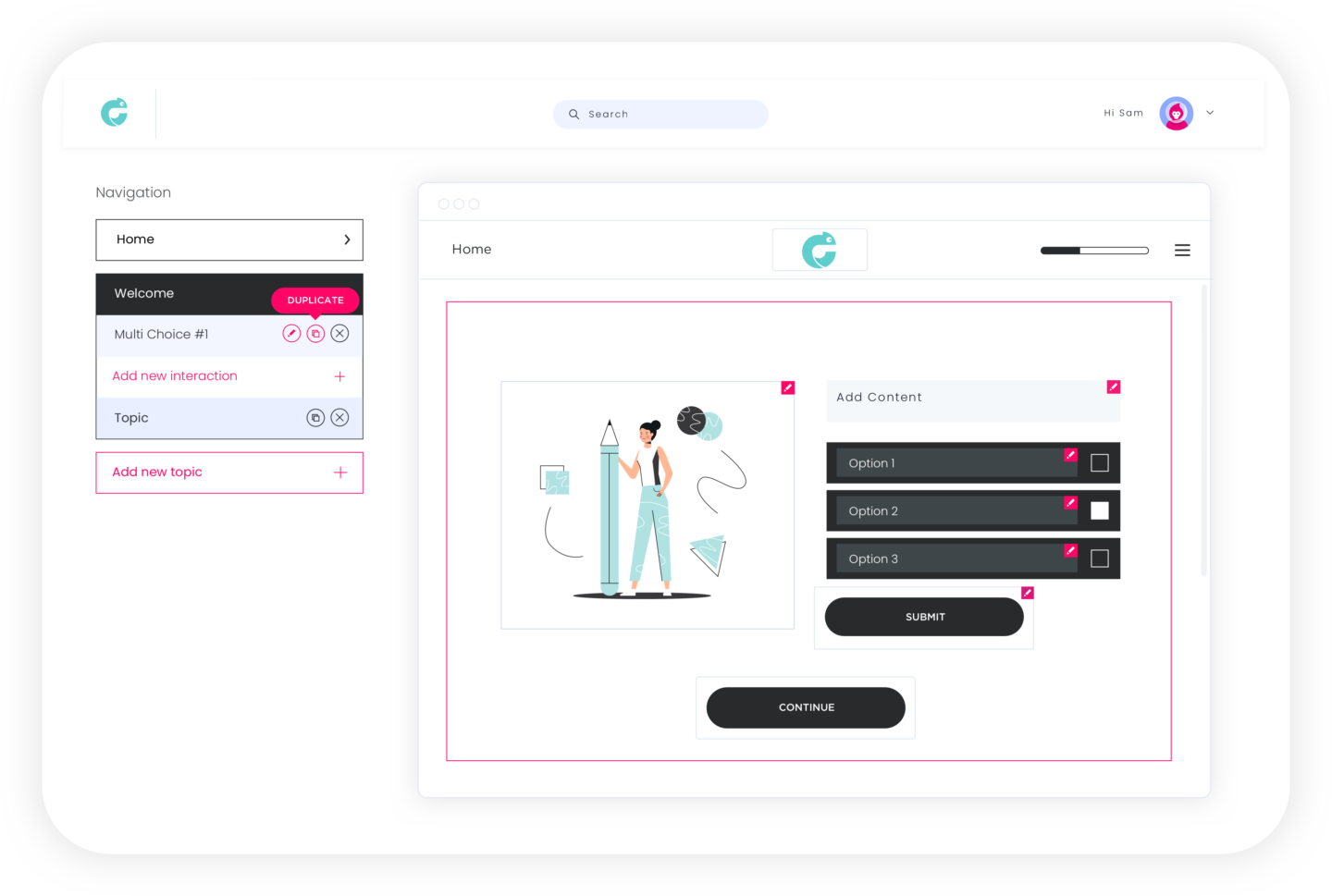
Glad you asked! Rapid prototyping is a process that comes from the manufacturing sector. Traditionally, a computer aided design (CAD) is used to create a 3D model or 'prototype'. The ability to explore a concept quickly and cheaply allows engineers to move products into the hands of their stakeholders for feedback, meaning they can speed up the design process exponentially.
So what can we take from this in learning? Well, quickly creating a working prototype or online module means you can validate your design and content with your stakeholders much more efficiently and quickly and means the feedback loop is tighter so we know if we are hitting the mark.
The advantages of using a prototype approach are:
- rapid solution development
- stakeholders involved early in the development process
- a more efficient use of time and resources
- getting feedback and insights early to update and refine in real time
- building engagement with users through pilot groups
- reducing design and development costs
- freeing up resources.
How can I rapidly prototype?
Another great question!
Simply put, if rapid development is important to your business then prototyping is the way of the future for online learning and digital content. Prototyping is building and refining as you go, eliminating the need for storyboards and reducing development time. However, you need the right tool for the job. Traditional tools which can be heavy on development and take far too much time to modify and make changes, big and small, are not fit for purpose in our experience when it comes to prototyping.
The new generation of authoring tools are setting the benchmark for:
- ease of use
- rapid digital content development
- making it look great (in your own brand).
What are the steps to rapidly prototype?
- Collect insights/understand the need from stakeholders and learners.
- Storyboard directly into your authoring tool.
- Create feedback loops to improve content over time.
- Develop a minimum viable product (MVP) for testing.
- Get feedback from your learners/stakeholders and implement changes.
- Continually improve and update your online learning given input from your feedback loop.
With many online assets, there is no such thing as "set and forget". A website. for example. is a living, breathing entity and will be constantly updated and improved over time. With new learning tools now available, that have the ease of updating digital content similar to a website CMS, learning can now also be easily updated to be continuously up to date and relevant.
Having the RIGHT technology is key to enabling rapid prototyping
Having tools that allow you to rapidly prototype is not the way of the future, it's the necessary method of right now.
Tools like Chameleon Creator allow you to:
- storyboard directly into your authoring tool
- collaborate remotely with stakeholders and designers
- quickly iterate and respond to feedback instantly.
It is the most efficient way to ensure your online learning is the best it can be, and also delivered at pace to respond to business needs.
What to read next
Top 8 tools for creating highly visual digital content yourself
We've put together this list of our favourite tools for creating more visual and engaging online learning, which complement Chameleon wonderfully and are mostly free to use. Click the image below to check it out.
View a demo
In our 10 minute recorded demo, we'll show you how to build and publish your own module.
Share this
You May Also Like
These Related Stories
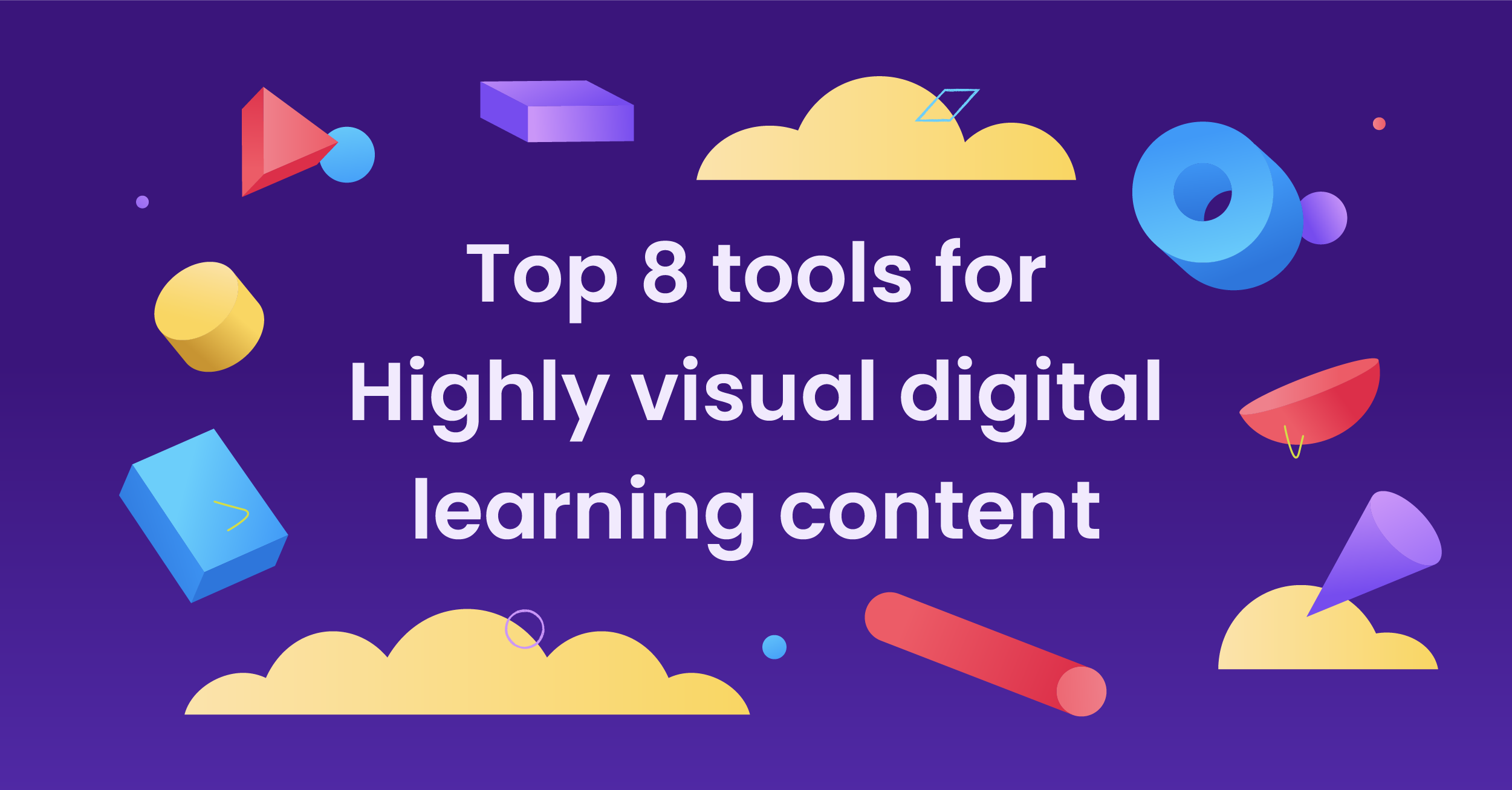
Top 8 tools for creating highly visual digital learning content
-1.png)
Top Authoring Tools 2025: Choosing the Right Tool for the Job

